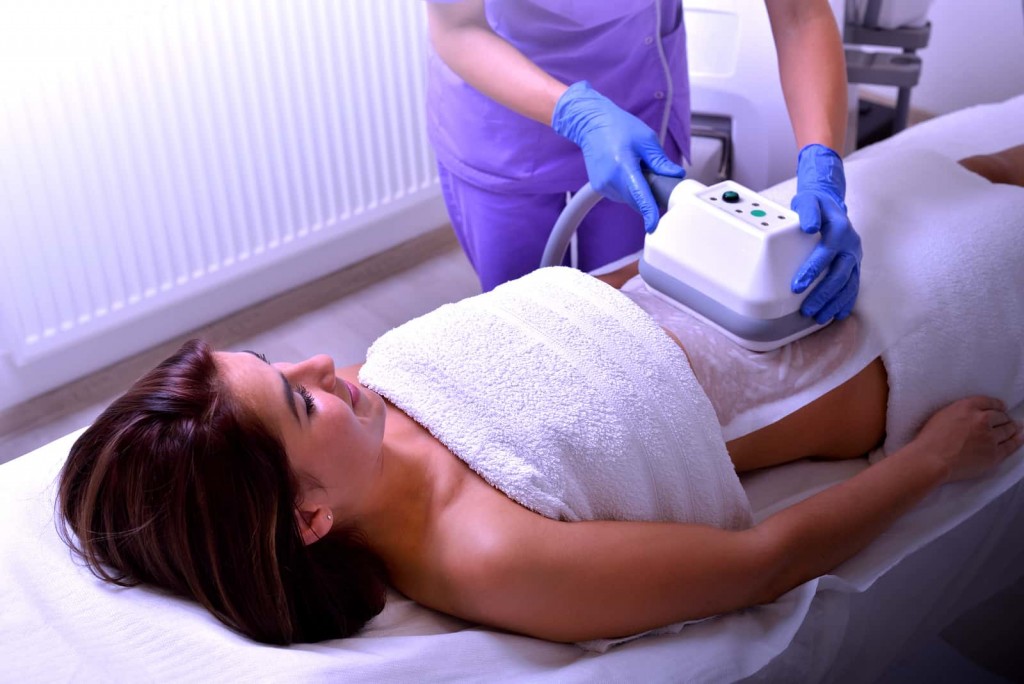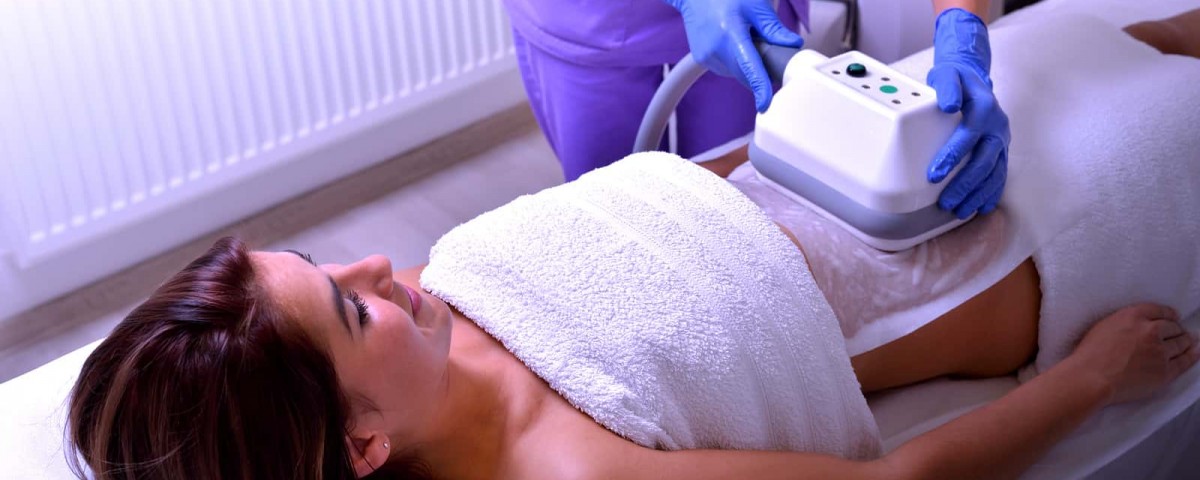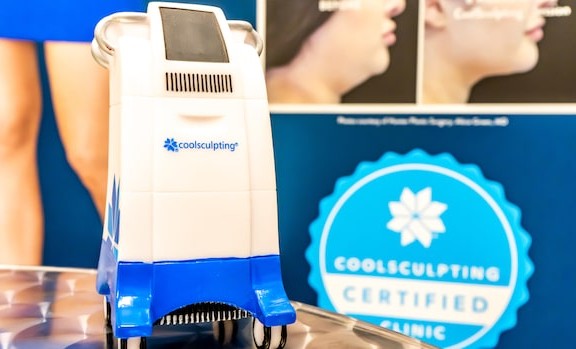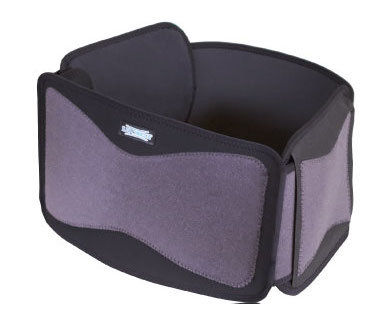
Many people think about getting rid of their unwanted fat via liposuction but they are not always able to have the surgery. Some of them are not capable of taking the necessary time off work while others don’t have the financial means to pay for the procedure. Examining the latest non-invasive liposuction techniques can help patients decide which treatment is right for them.
Ideal Candidates
Although non-invasive techniques can be effective, they do not give the same dramatic results that traditional liposuction can provide. Therefore, these techniques are best for people who are near their ideal body weight but have stubborn pockets of localized fat. Patients should not expect to see more than 25% of fat reduction with these nonsurgical techniques. Nonetheless, non-invasive liposuction techniques can be an excellent alternative to traditional lipo if the patient is not a good candidate for surgery.
Non-invasive Lipo Techniques
Non-invasive fat reduction techniques use a non-surgical approach to target and eliminate fat cells. Although the specific targeting technique may vary, the bottom line is that the treatment is topical. A device is moved along the treatment area in order to kill the fat cells below the surface of the skin. In time, the immune system of the body clears out the damaged fat cells and leaves a sleeker appearance.
- Laser therapy includes Zerona and i-Lipo. These treatments use cool lasers to break down and shrink fat cells that the body naturally expels during the detoxification process. The treatment does not involve incisions and there is no downtime. Although the procedures last between 20 minutes to an hour, these treatments generally require multiple sessions to gain the desired look. The sessions are generally divided into 6 treatments over a period of 2 weeks with results usually seen within several weeks. Experts are divided about the effectiveness of laser therapy with some experts speculating that laser therapy can only penetrate fat cells that are close to the surface of the skin while leaving the deeper cells unaffected.
- Ultrasound fat reduction uses ultrasound waves to gently break down the cells. Over time, the body eliminates the fat. This type of treatment is only approved by the FDA for fat reduction on the circumference of the waist. The procedure takes about an hour but there is no anesthesia needed and no downtime required. Ultrasound fat reduction treatments improve skin elasticity by boosting the production of collagen. Although this technique works well to stimulate the skin and remove some fat, it cannot remove as much fat as surgical liposuction.
- Radiofrequency treatments include Vanquish, truSculpt and Accent Ultra. These treatments use high-power radiofrequency waves to heat the fat cells. The fat cells are demolished while the surrounding cells are left unharmed. The treatment usually lasts about an hour and there is minimal discomfort but anesthesia is not necessary. Patients may need two (or more) treatments to see noticeable results. Radiofrequency treatments are known to effectively improve the appearance of cellulite but have not been approved by the FDA for fat removal.
- Cryolipolysis treatments is also referred to as CoolSculpting. This technique uses cool temperatures to freeze fat cells without damaging the surrounding skin or muscles. The cells are crystalized by the treatment and the body naturally ejects them over a period of several weeks to months. The final results can usually be seen after 3 months. Cryolipolysis is only used to treat certain areas such as the abdomen, thighs and hips. During the procedure, cooling panels are placed on the treated areas for approximately 40 minutes and only one session might be needed. However, some patients benefit from multiple sessions since only modest changes sometimes occur.
SP




